Home>Furniture>Outdoor Furniture>How Long Does A Concrete Patio Take To Dry
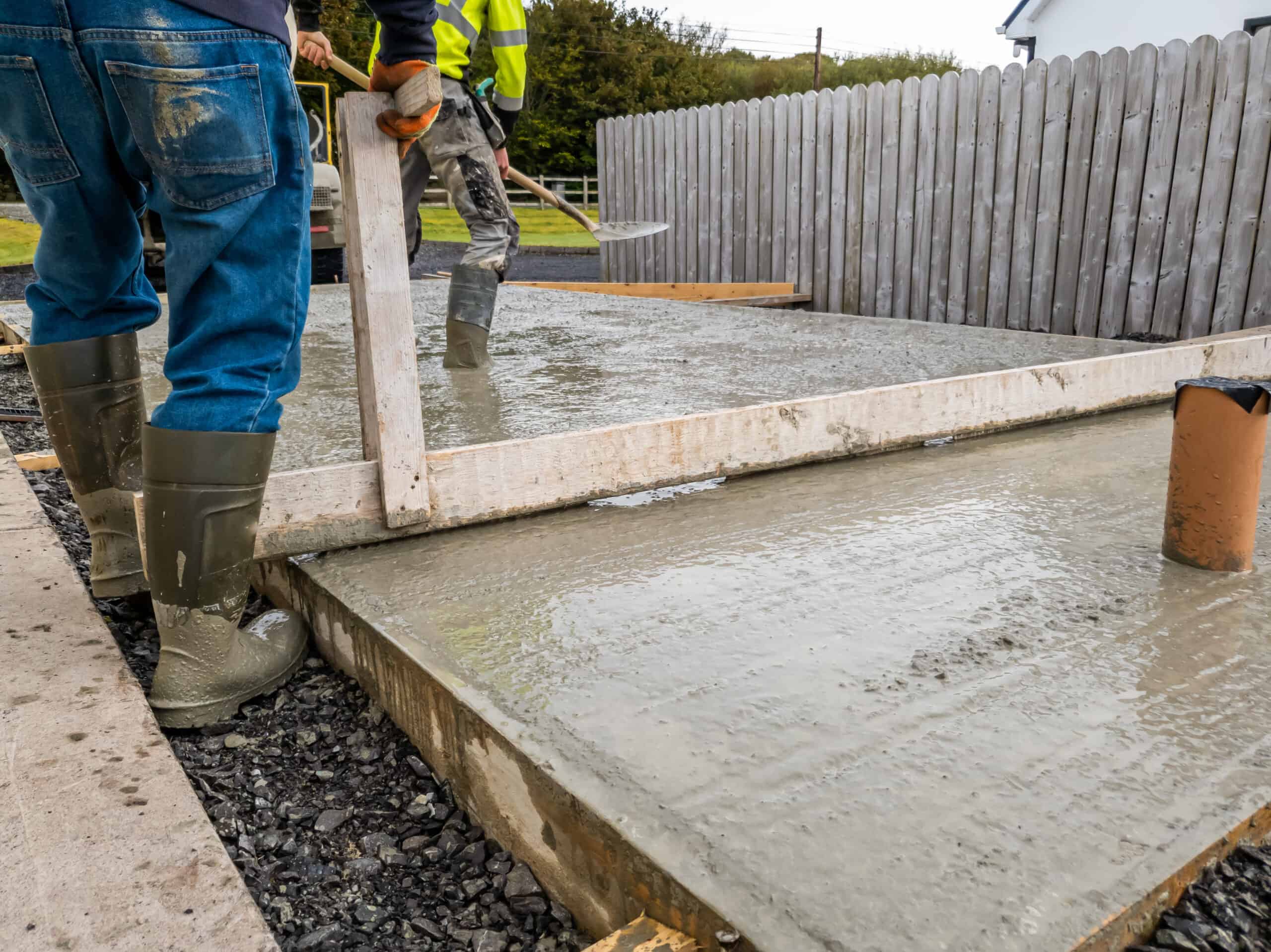

Outdoor Furniture
How Long Does A Concrete Patio Take To Dry
Modified: March 7, 2024
Discover how long it takes for a concrete patio to fully dry and cure before placing your outdoor furniture. Ensure a proper drying time for lasting results.
(Many of the links in this article redirect to a specific reviewed product. Your purchase of these products through affiliate links helps to generate commission for Storables.com, at no extra cost. Learn more)
Introduction
Having a concrete patio in your outdoor space is a great addition that offers both functionality and aesthetic appeal. However, one vital aspect to consider when installing a concrete patio is the drying time. The drying process is crucial to ensure that the concrete is properly cured and ready for use.
The drying time of a concrete patio can vary depending on several factors, such as climate conditions, concrete mix composition, thickness of the slab, and curing methods employed. Understanding these factors and taking the necessary measures can help expedite the drying time and ensure a long-lasting and durable patio.
In this article, we will explore the factors that affect concrete drying time, the average drying time for a concrete patio, tips for speeding up the drying process, common mistakes to avoid, and how to determine if your concrete patio is fully dried. So, let’s dive in!
Key Takeaways:
- Patience is key when drying a concrete patio. Factors like climate, mix composition, and curing methods affect drying time. Rushing can compromise durability, so follow recommended practices and consult professionals if needed.
- Look for signs of fully dried concrete, like uniform color, hardness, and absence of moisture. Rushing the process can lead to weak, crack-prone concrete. Exercise patience and follow recommended curing times for a resilient patio.
Factors That Affect Concrete Drying Time
Several factors can influence the drying time of a concrete patio. Understanding these factors is essential for planning and managing your project effectively. Here are the key factors that can impact the drying time:
- Climate Conditions: The weather conditions play a significant role in the drying time of concrete. Higher temperatures and lower humidity levels generally facilitate faster drying, while lower temperatures and higher humidity levels can slow down the drying process. It is essential to consider the climate conditions during both the pouring and drying stages of your concrete patio.
- Concrete Mix Composition: The composition of the concrete mix is another critical factor. The water-cement ratio and the type of cement used can affect the drying time. A lower water-cement ratio can result in faster drying, while a higher ratio can delay the drying process. Additionally, using cement with supplementary cementitious materials (SCMs) or additives can also impact the drying time.
- Thickness of the Slab: The thickness of the concrete slab affects its drying time. Thicker slabs take longer to dry compared to thinner ones. It is important to consider the intended use of the patio and consult with a professional to determine the appropriate slab thickness for your specific needs.
- Curing Methods: The curing methods employed can significantly impact the drying time. Proper curing involves maintaining the right moisture levels and temperature conditions to allow for the gradual and controlled drying of the concrete. Curing methods such as using curing compounds, moisture-retaining covers, or applying a curing membrane can help promote optimal drying and prevent cracking.
It is important to note that these factors are interrelated, and changes in one factor can influence others. Therefore, it is crucial to consider and address all relevant factors to ensure an efficient and successful drying process for your concrete patio.
Initial Setting Time of Concrete
Before understanding the drying time of concrete, it’s essential to differentiate between the initial setting time and the final drying time. The initial setting time refers to the period it takes for the concrete to harden and develop enough strength to hold its shape.
The initial setting time of concrete is influenced by factors such as the type and amount of cement, water-cement ratio, and ambient temperature. A typical concrete mix usually has an initial setting time of around 4 to 6 hours.
During the initial setting time, the concrete undergoes a chemical reaction called hydration, where water reacts with the cement particles, forming crystals that bind the aggregate together. This process is crucial for the concrete to gain strength and stability.
It’s important to note that the initial setting time is different from the drying or curing time. While the concrete may appear to be hard after the initial setting, it is still vulnerable to damage and requires proper curing and drying to fully develop its strength and durability.
After the initial setting time, the concrete enters the curing and drying phase. During this phase, the moisture gradually evaporates from the concrete, allowing it to harden and gain strength over time.
Understanding and managing the initial setting time of concrete is crucial for ensuring proper placement, finishing, and curing of the concrete patio. It’s recommended to work with experienced professionals who can assess the concrete mix and provide appropriate guidance to ensure optimal initial setting and subsequent drying of the concrete.
Factors That Influence Concrete Curing Time
Concrete curing is a vital process that occurs after the initial setting of the concrete. It involves maintaining favorable conditions to allow the concrete to fully hydrate and gain strength over time. Several factors can influence the curing time of concrete:
- Concrete Mix Composition: The composition of the concrete mix, including the type and amount of cement, aggregates, and admixtures, can affect the curing time. Different types of cement may have varying hydration rates, while the use of admixtures can accelerate or retard the curing process.
- Temperature: Temperature plays a significant role in concrete curing. Higher temperatures can accelerate the curing process, while lower temperatures can delay it. It’s important to maintain a consistent and appropriate temperature during the curing period to ensure optimal strength development.
- Humidity: Humidity levels also impact the curing time. Higher humidity can help retain moisture within the concrete, facilitating better hydration and faster curing. Conversely, lower humidity can lead to faster moisture evaporation, potentially affecting the curing process and resulting in weaker concrete.
- Airflow: Airflow around the concrete can affect the curing time. Adequate ventilation can help remove excess moisture from the concrete and promote faster drying. However, excessive airflow can cause rapid moisture loss and may lead to cracking or surface defects.
- Concrete Thickness: The thickness of the concrete slab can influence the curing time. Thicker slabs take longer to fully cure compared to thinner ones. Proper considerations should be given to the thickness of the patio slab during the planning and curing stages.
- Curing Methods: The methods employed for concrete curing also impact the curing time. Different curing techniques, such as moist curing, membrane curing, or the use of curing compounds, can speed up or slow down the curing process. It’s important to choose the appropriate curing method based on factors such as climate conditions and project requirements.
It’s crucial to note that the curing time is not a fixed duration and can vary based on these factors. Proper monitoring and management of these factors can help ensure the concrete cures properly and achieves its desired strength and durability.
Average Drying Time for a Concrete Patio
The drying time of a concrete patio can vary depending on several factors, including climate conditions, concrete mix composition, slab thickness, and curing methods. While it’s difficult to provide an exact timeframe for drying, there are general guidelines to consider.
On average, concrete takes about 24 to 48 hours to dry to the touch. During this initial drying phase, the concrete will still be relatively soft and vulnerable to damage. It’s important to avoid walking on the surface or placing any heavy objects on it during this period to prevent indentations or cracking.
After the initial 24 to 48 hours, the concrete will continue to dry and gain strength over time. Typically, the curing process for a concrete patio takes around 28 days to complete. During this time, the concrete will undergo gradual hydration, allowing it to reach its maximum strength.
The rate of drying can be influenced by various factors. In warm and dry climates, the concrete may dry faster, while in cooler and more humid conditions, it may take longer. The thickness of the concrete slab also plays a role, with thicker slabs requiring more time to fully dry.
It’s important to note that just because the concrete is dry to the touch doesn’t mean it’s fully cured. Concrete continues to gain strength over time, and it’s recommended to wait for at least 7 days before allowing regular foot traffic on the patio. Heavy items, such as furniture or vehicles, should only be placed on the patio after 28 days of curing.
It’s crucial to follow proper curing practices during this drying period to ensure optimal strength and durability. This includes keeping the concrete moist by lightly misting it with water or using a curing compound, as well as protecting it from extreme temperature fluctuations.
Remember, these are general guidelines, and the actual drying time may vary based on the specific conditions and factors impacting your project. Consulting with a professional or concrete contractor can provide more accurate information based on your unique circumstances.
A concrete patio typically takes about 24-48 hours to dry, but it can take up to 7 days to fully cure. To speed up the drying process, keep the area well-ventilated and avoid walking on it for at least 24 hours.
Read more: How Long Does Patio Sealer Take To Dry
Tips for Speeding up the Concrete Drying Process
If you’re eager to use your concrete patio sooner or want to expedite the drying process, there are several tips you can follow. While it’s important to exercise caution and not rush the process, these tips can help speed up the drying time:
- Use a low water-cement ratio: A lower water-cement ratio in the concrete mix can help speed up drying. This means using the minimum amount of water required for proper hydration, which reduces excess moisture and facilitates faster drying.
- Ensure proper ventilation: Providing adequate airflow around the concrete can help accelerate drying. Use fans or natural ventilation to promote air circulation, but be cautious not to create excessive drafts that could cause uneven drying or surface defects.
- Control temperature: Maintaining an optimal temperature range can expedite drying. Warmer temperatures enhance the evaporation of moisture, but avoid excessively high temperatures, as they may cause rapid drying, leading to cracks. Use ambient heaters or insulation if necessary to regulate the temperature.
- Use dehumidifiers: If you’re dealing with high humidity levels, using dehumidifiers in the surrounding area can help remove excess moisture from the air and aid in faster drying.
- Apply a curing compound: Curing compounds are coatings applied to the surface of the concrete to slow down moisture evaporation. This helps retain moisture within the concrete, promoting more gradual drying and improving strength development.
- Monitor moisture levels: Use a moisture meter to regularly check the moisture content of the concrete. This will help you assess the progress of drying and ensure it’s proceeding at a desirable rate.
While these tips can help speed up the drying process, it’s important to remember that concrete drying should not be rushed. Allowing sufficient time for proper hydration and curing will result in a stronger and more durable patio in the long run.
Always follow the guidance provided by professionals and consult with a concrete contractor if you have specific concerns or questions about accelerating the drying process. They will be able to provide tailored recommendations based on your project’s requirements and the prevailing conditions.
Common Mistakes That Delay Concrete Patio Drying
Proper curing and drying of a concrete patio are essential for its long-term durability and functionality. However, certain common mistakes can inadvertently slow down the drying process and negatively impact the overall quality of the patio. Here are some mistakes to avoid:
- Insufficient curing time: One of the most common mistakes is not allowing enough time for proper curing. Rushing the process can result in weak, crack-prone concrete. It’s crucial to follow recommended curing times and not rush to use the patio prematurely.
- Improper water-cement ratio: Using an incorrect water-cement ratio can lead to excessive moisture in the concrete, resulting in slow drying. It’s important to follow proper mix design and ensure the right balance between water and cement for optimal drying.
- Inadequate curing methods: Neglecting proper curing techniques can slow down the drying process. Failure to apply curing compounds, provide moisture-retaining covers, or mist the concrete can result in moisture evaporation and delayed drying.
- No provision for moisture escape: Without proper provision for moisture escape, excess moisture can get trapped beneath the surface of the concrete, hindering drying. Installing a vapor barrier or using proper drainage techniques is important to allow moisture to escape.
- Poor weather conditions: Pouring concrete during unfavorable weather conditions, such as extreme heat or cold, or periods of high humidity, can significantly impact drying time. Avoid pouring concrete in such conditions or make appropriate adjustments to the mix and curing methods.
- Overloading the patio: Placing heavy objects or allowing excessive foot traffic on the patio during the initial drying period can cause indentations or surface damage. Avoid overloading the patio until it has fully cured.
- Not sealing the concrete: Failing to apply a proper sealer can lead to moisture absorption, especially in climates with high rainfall or freeze-thaw cycles. This can prolong drying and potentially damage the patio. Apply a suitable concrete sealer to protect the surface.
By avoiding these common mistakes, you can help ensure that your concrete patio dries in a timely manner and achieves the desired strength and durability. It’s important to consult with professionals and follow recommended practices to minimize the risk of delayed drying and potential damage.
Signs That Your Concrete Patio is Fully Dried
Determining when your concrete patio is fully dried is crucial to avoid premature use or potential damage. While it’s important to follow the recommended curing time, certain signs can indicate that the concrete has reached its desired level of dryness. Here are some signs to look for:
- Uniform color and appearance: A fully dried concrete patio will have a consistent color and appearance across the entire surface. The color should be uniform without any areas of discoloration or variation.
- No visible moisture: When the concrete is fully dried, there should be no visible signs of moisture on the surface. The concrete should have a matte finish instead of appearing shiny or damp.
- Hardness and sound: Fully dried concrete will feel hard and solid to the touch. Tap the surface lightly with a metal object, such as a wrench, and listen for a clear, ringing sound. This indicates that the concrete has achieved its maximum strength.
- No imprints or indentations: A dry concrete patio should not show any imprints or indentations when walked or pressed upon. It should be able to support regular foot traffic without leaving any marks on the surface.
- No concrete dust or residue: When the concrete is fully dried, there should be no residual dust, powdery substance, or concrete residue left on the surface. If you run your hand over the concrete, it should not leave any residue on your skin.
- Compliance with recommended curing time: While the aforementioned signs can indicate that the concrete is fully dried, it’s important to adhere to the recommended curing time. Waiting for the recommended curing duration ensures that the concrete has achieved maximum strength and durability.
It’s essential to observe these signs and exercise caution before subjecting your concrete patio to heavy loads or intense use. While these signs indicate that the concrete is dry, it’s still recommended to wait for the recommended curing duration to fully develop its strength.
If you have any doubts or concerns about the drying status of your concrete patio, consult with professionals or concrete contractors who can assess the patio and provide specific guidance based on your project’s requirements.
Conclusion
When installing a concrete patio, understanding the drying time is crucial to ensure its long-term durability and functionality. Factors such as climate conditions, concrete mix composition, slab thickness, and curing methods can all influence the drying process. By considering these factors and following recommended practices, you can expedite the drying time and enjoy your patio sooner.
Throughout this article, we’ve discussed the various factors that affect concrete drying time, the initial setting time of concrete, the factors that influence concrete curing time, and the average drying time for a concrete patio. We’ve also provided tips for speeding up the drying process and highlighted common mistakes that can delay concrete patio drying.
Remember to be patient and allow sufficient time for proper curing and drying. Rushing the process can compromise the strength and durability of your patio. Regularly monitor the drying progress and look for signs indicating that the concrete is fully dried, such as a uniform color and appearance, no visible moisture, hardness and sound, no imprints or indentations, and absence of concrete dust or residue.
Consulting with professionals or concrete contractors is advisable to ensure you’re following the best practices and accounting for any specific conditions or requirements of your project. Following the right procedures will guarantee a well-cured and thoroughly dried concrete patio, setting the stage for many years of enjoyment in your outdoor space.
So, take the time to properly cure and dry your concrete patio, and soon enough, you’ll have a beautiful and resilient outdoor space where you can relax and entertain with confidence.
Frequently Asked Questions about How Long Does A Concrete Patio Take To Dry
Was this page helpful?
At Storables.com, we guarantee accurate and reliable information. Our content, validated by Expert Board Contributors, is crafted following stringent Editorial Policies. We're committed to providing you with well-researched, expert-backed insights for all your informational needs.
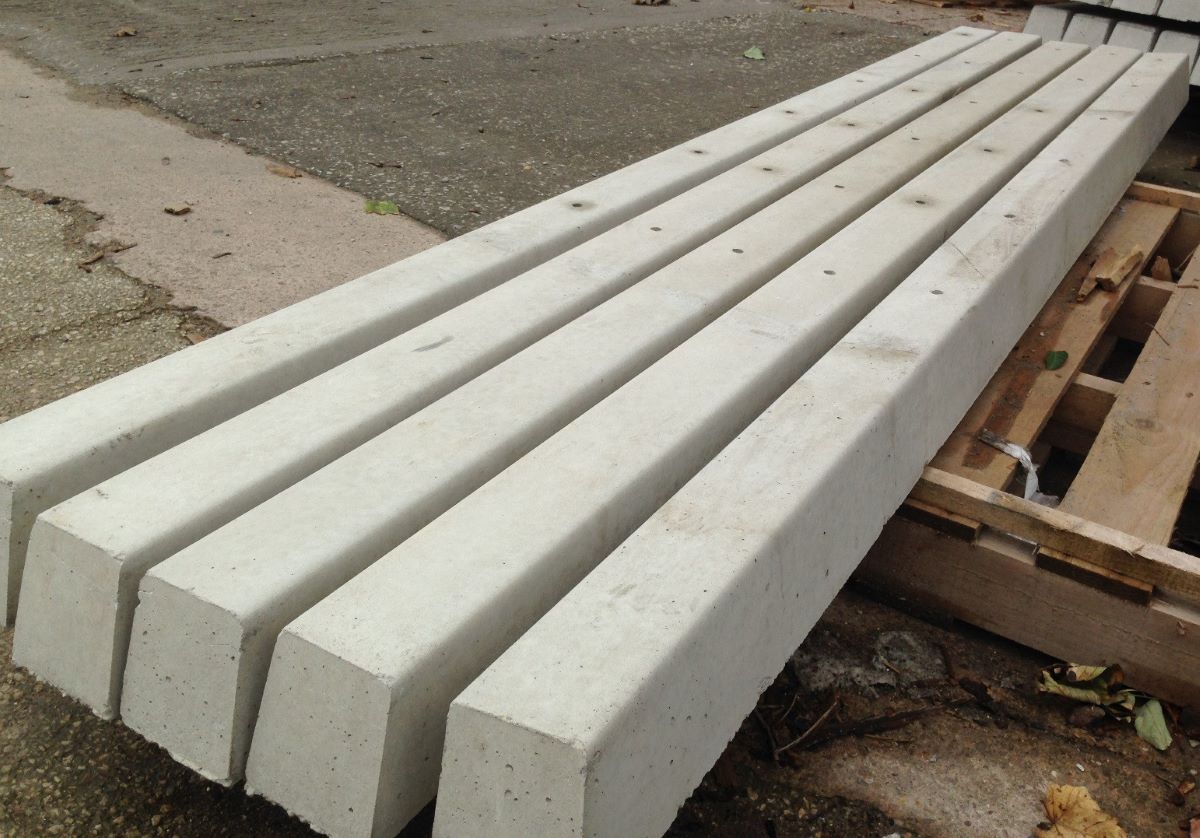
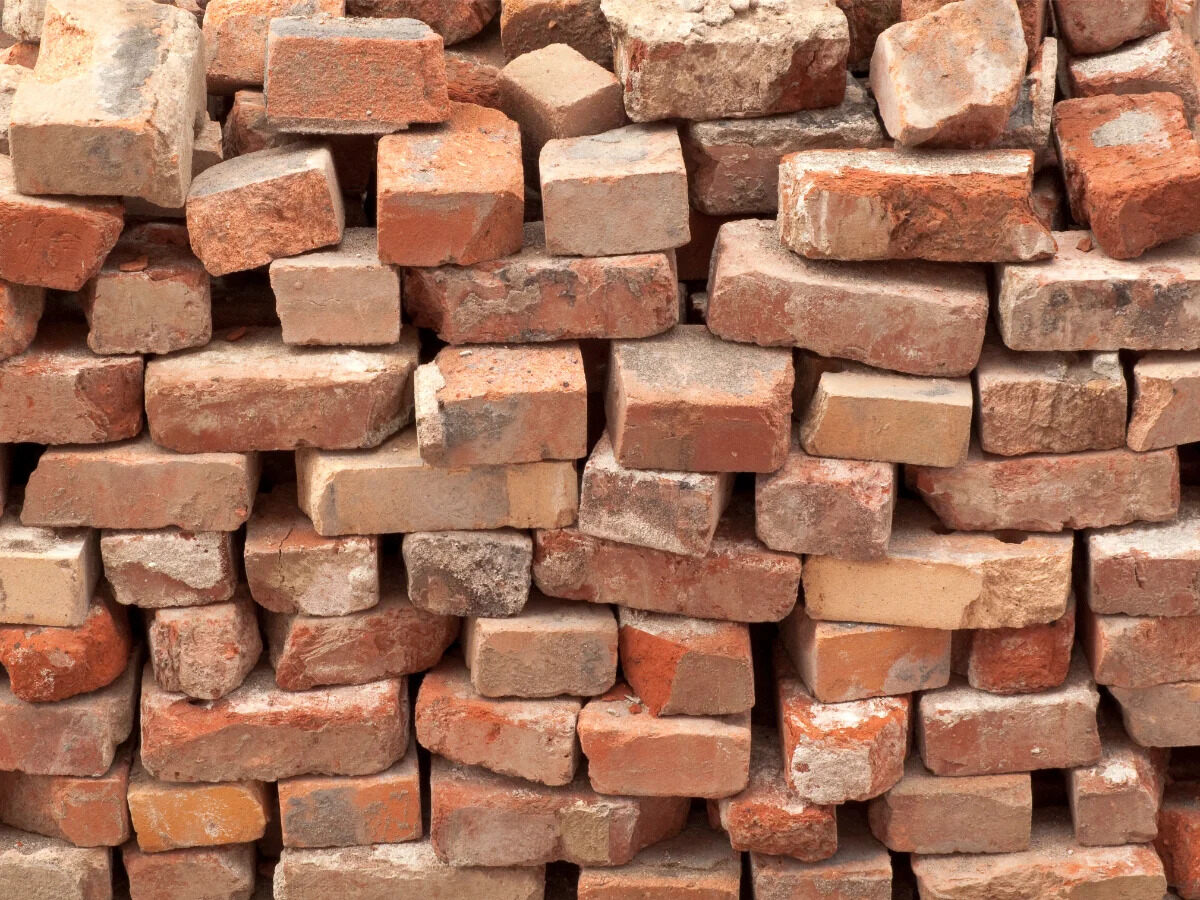
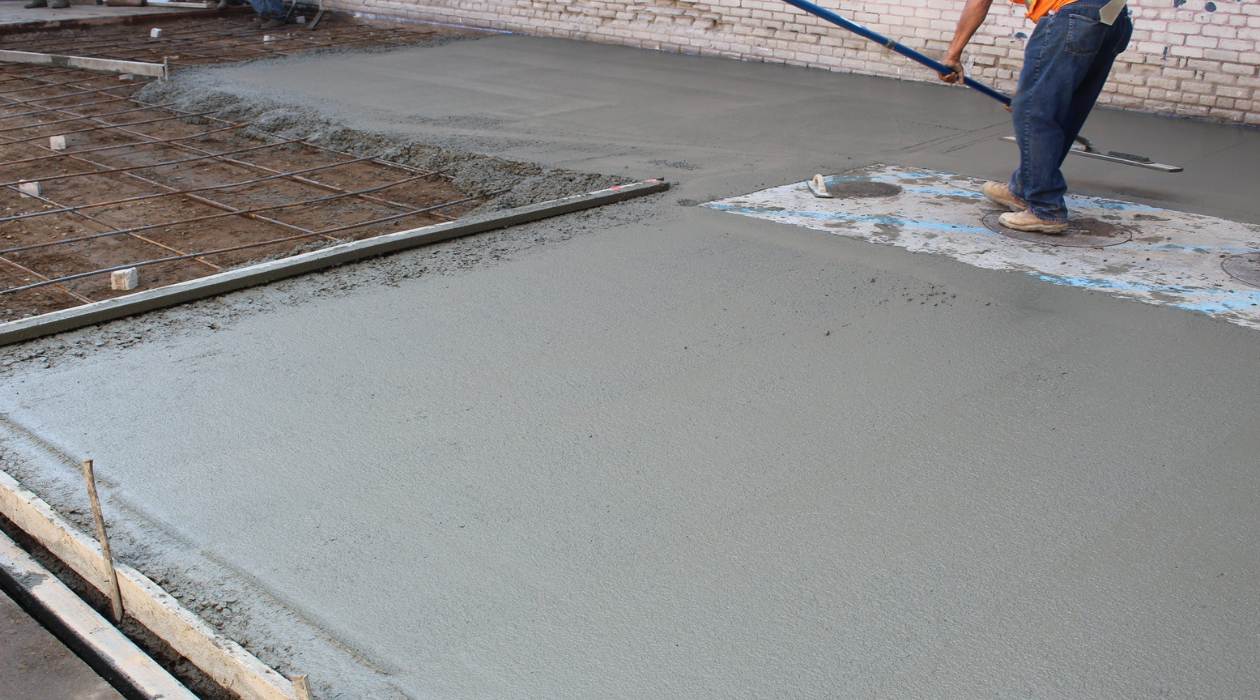
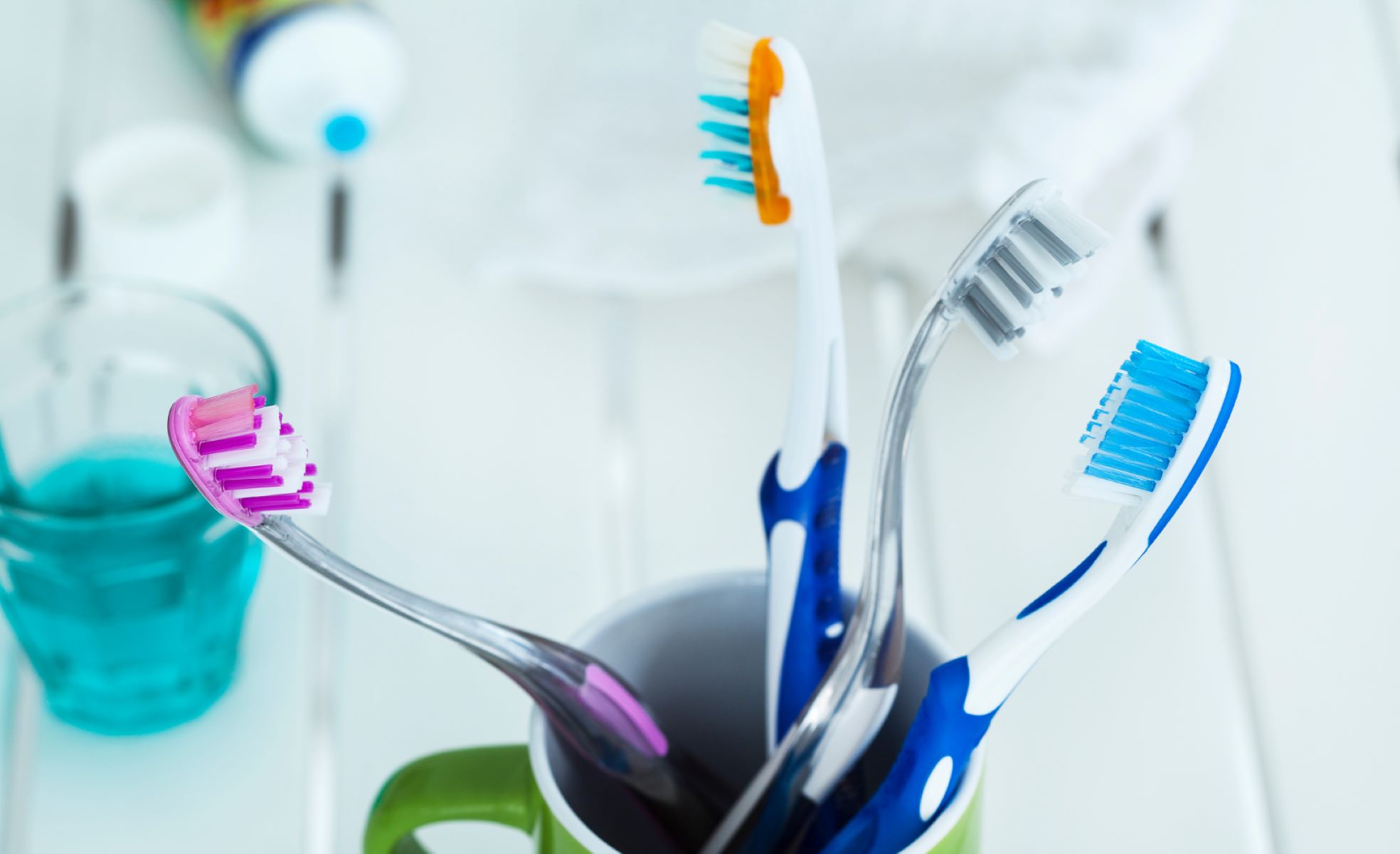
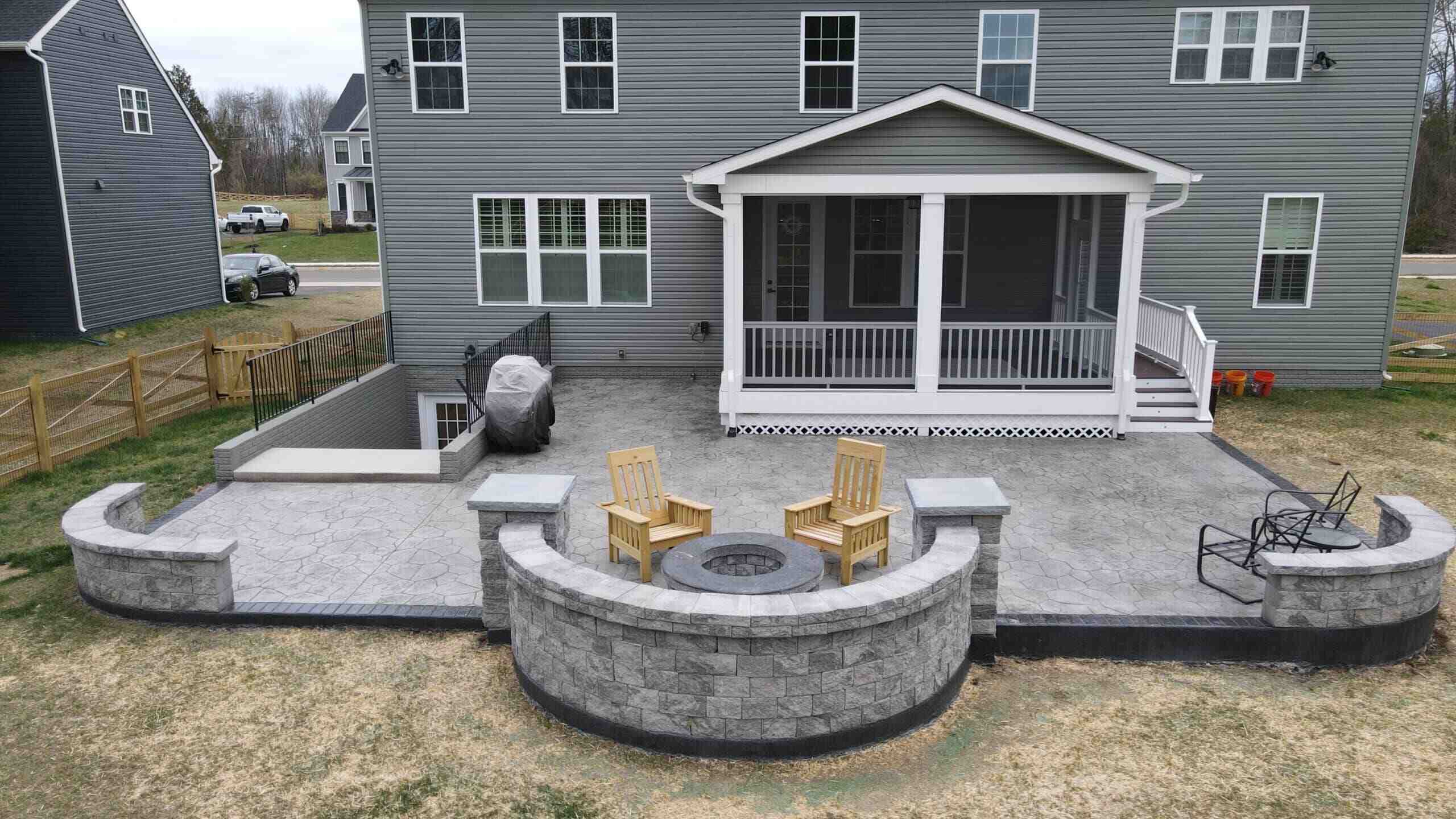
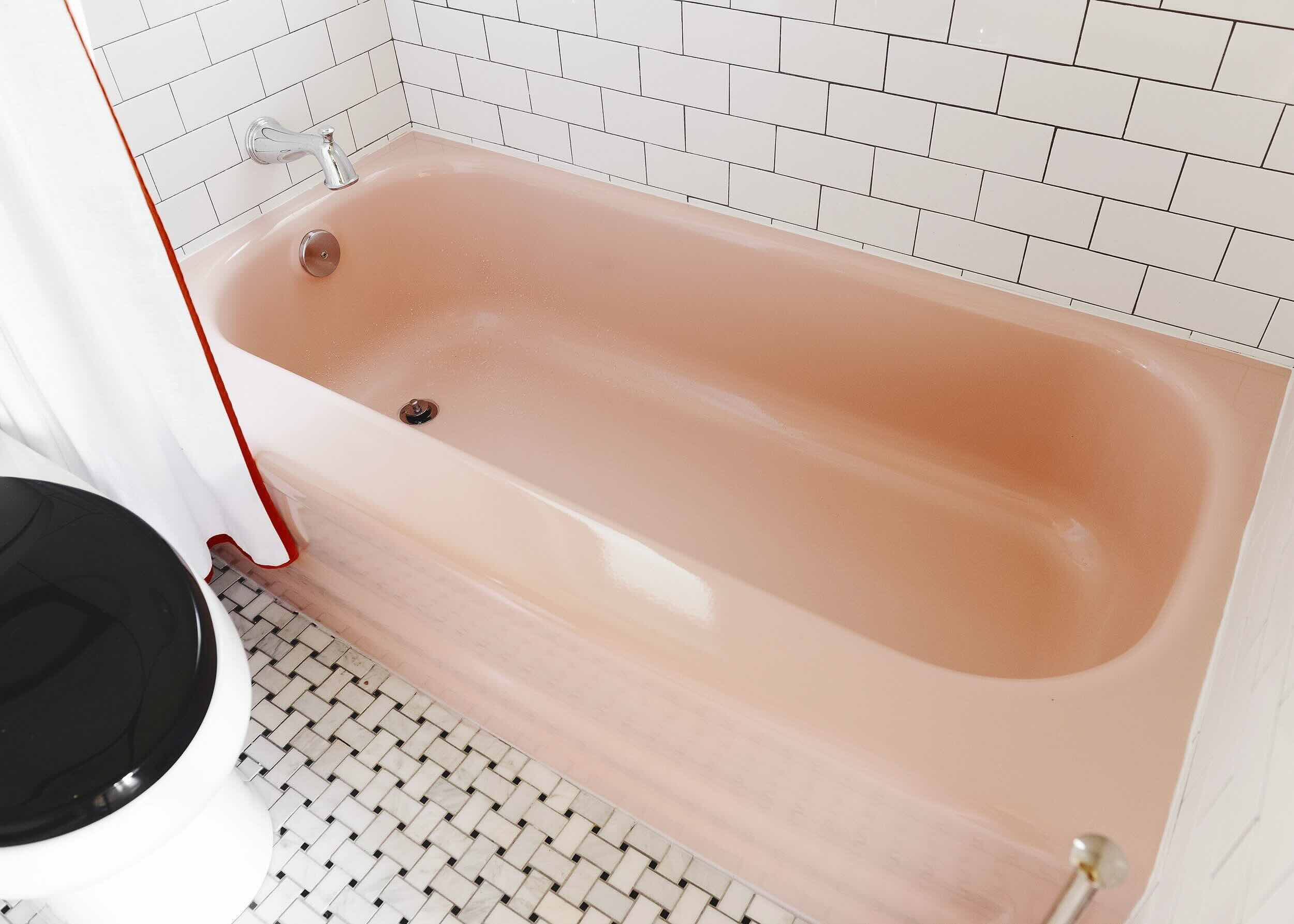
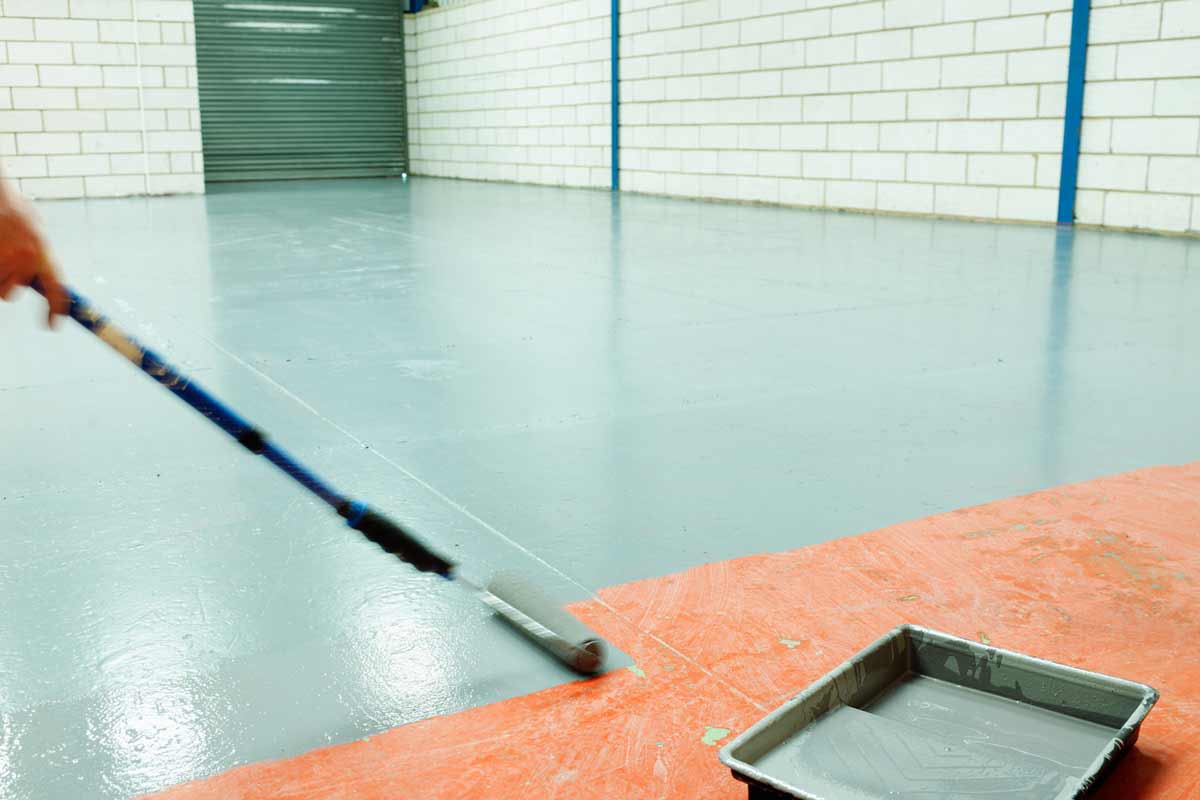
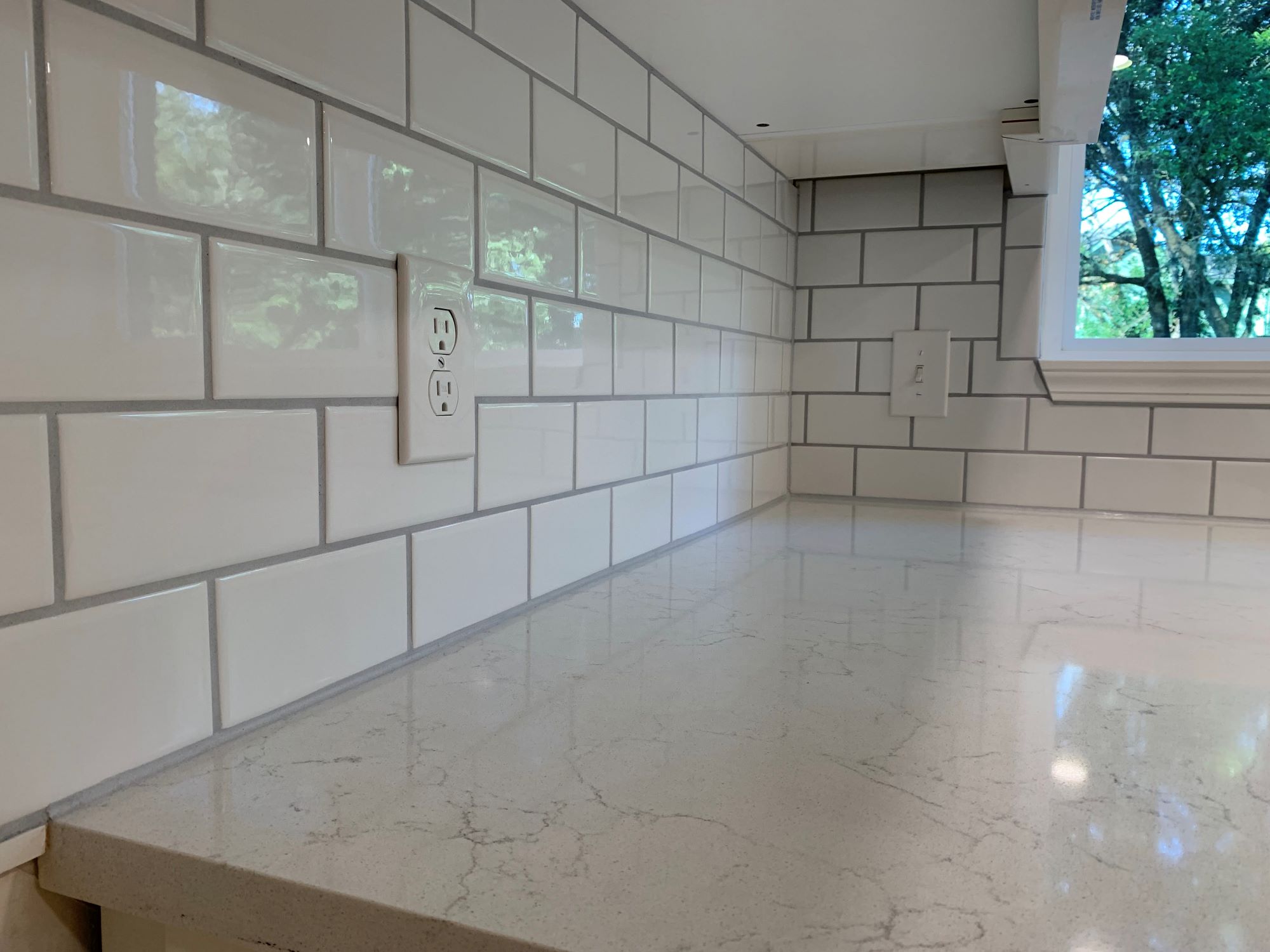
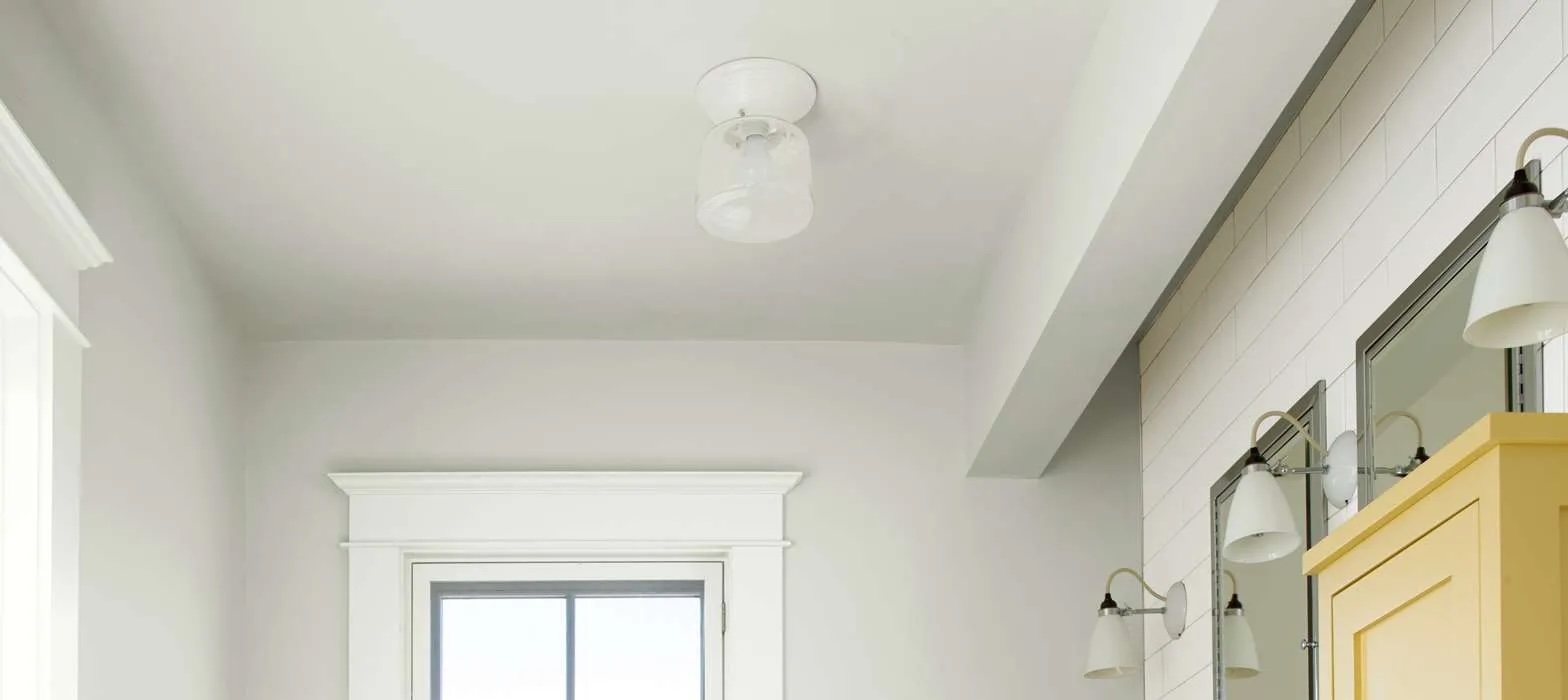
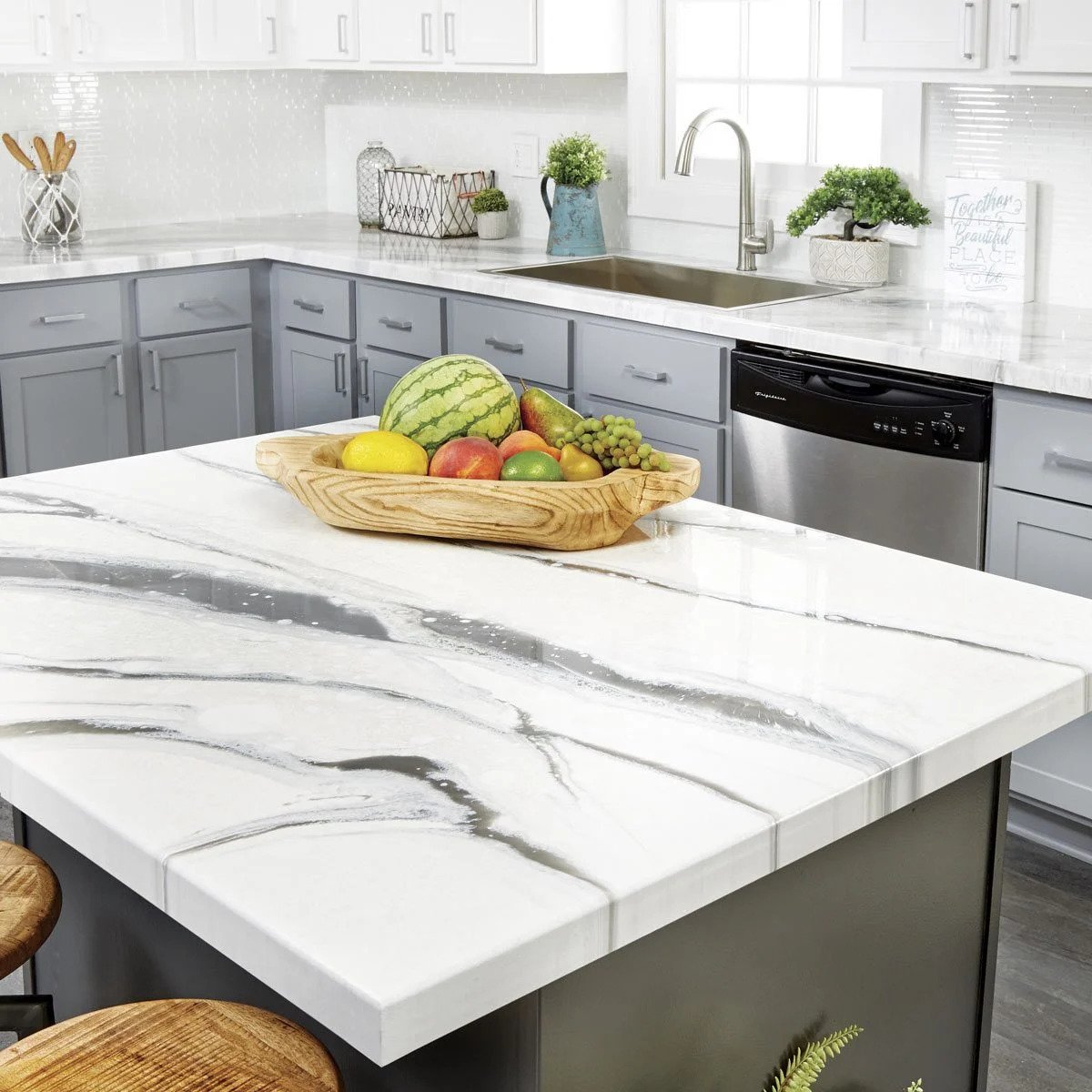

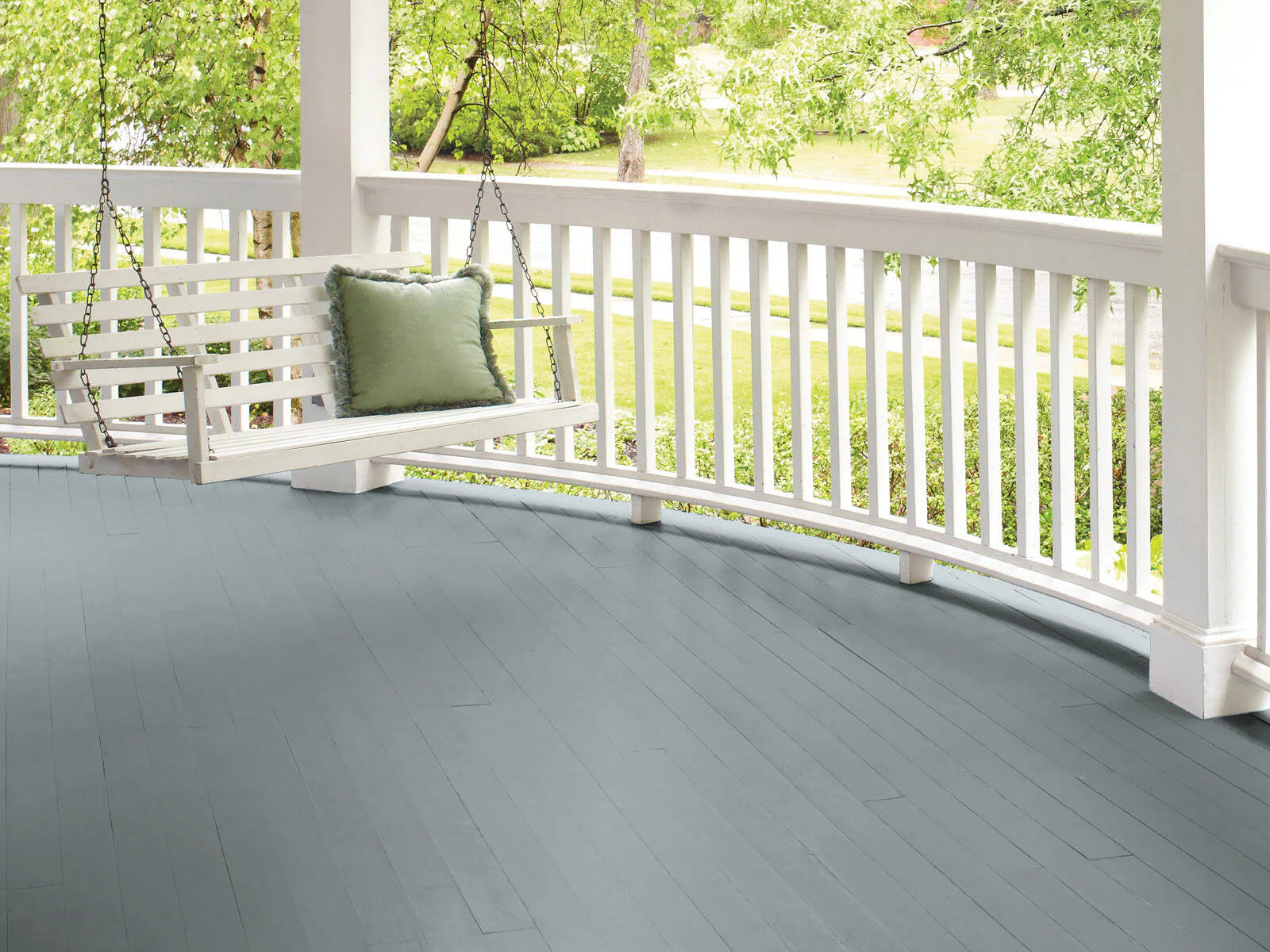
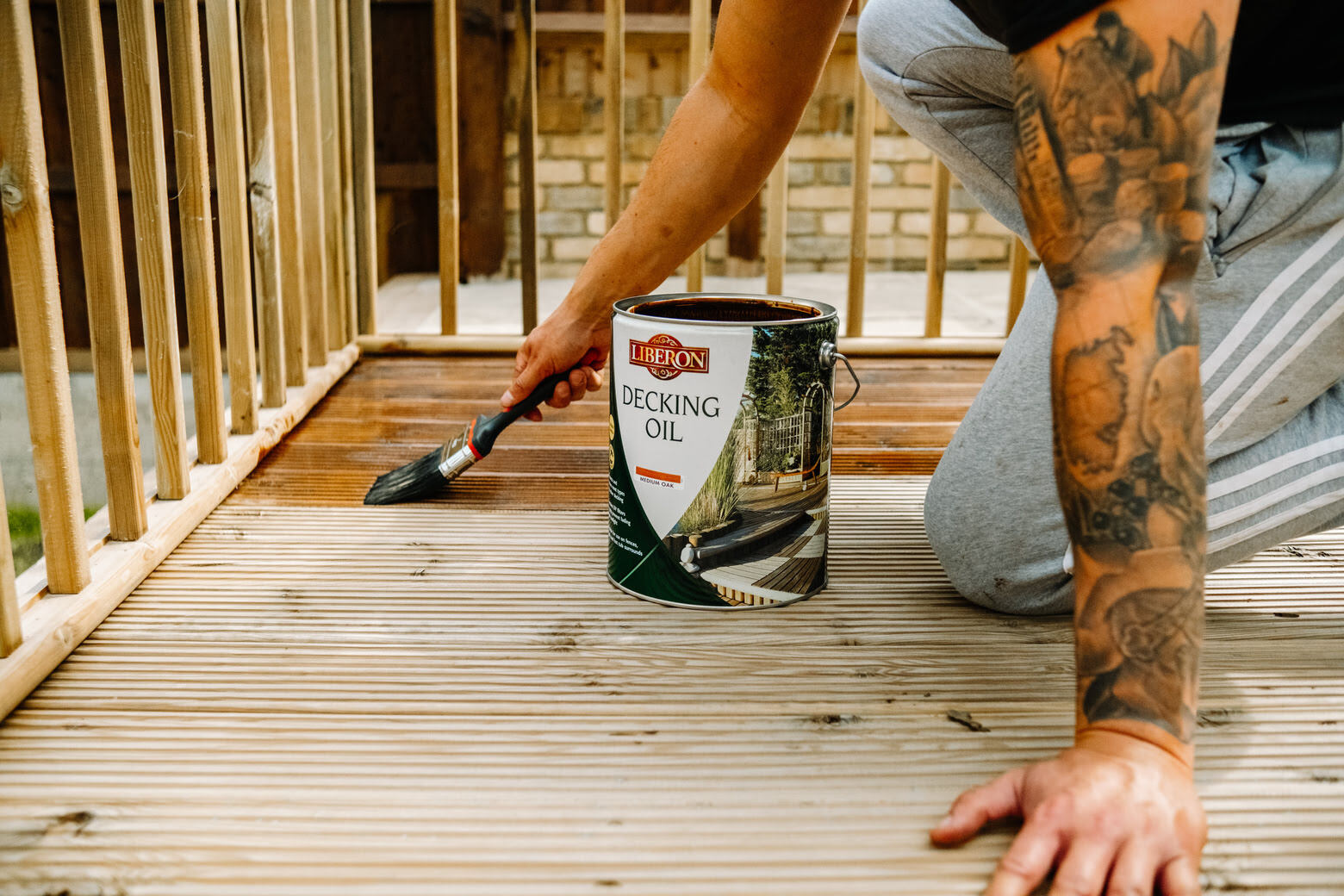


0 thoughts on “How Long Does A Concrete Patio Take To Dry”